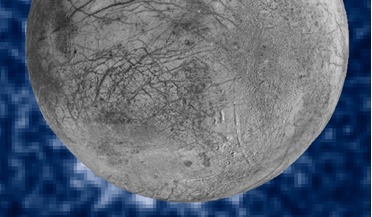 27 September 2016
Astronomers observe possible water vapour plumes on Europa
27 September 2016
Astronomers observe possible water vapour plumes on Europa
... fully substantiated. If confirmed to the true, Europa would be the second moon in the solar system known to have water vapour plumes. The other is Saturn's moon Enceladus, which In 2005, was detected by NASA's Cassini orbiter to produce jets...
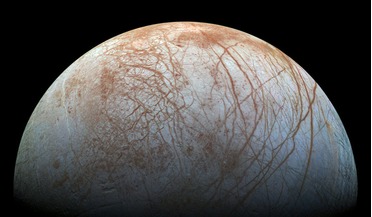 14 May 2018
Best evidence yet for plumes on Europa
14 May 2018
Best evidence yet for plumes on Europa
... showed that ultraviolet emissions from the moon's atmosphere were consistent with two 200 kilometre-high plumes of water vapour, it seemed a new window had opened up in which to study the moon’s interior without having to land on its surface...
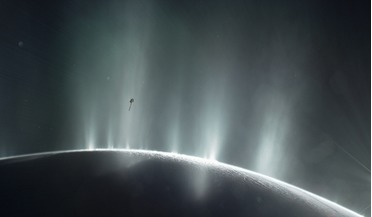 14 April 2017
Cassini finds evidence for hydrothermal vent activity on Enceladus
14 April 2017
Cassini finds evidence for hydrothermal vent activity on Enceladus
... and sulphur. From these current observations researchers have determined that nearly 98 percent of the gas in the plume is water, about 1 percent is hydrogen and the rest is a mixture of other molecules including carbon dioxide, methane and ammonia...
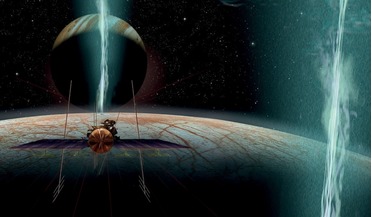 March 2018
Plumes on Europa - tasting an extra-terrestrial ocean
March 2018
Plumes on Europa - tasting an extra-terrestrial ocean
... Wieser, Peter Wurz, Norbert Krupp, Karl-Heinz Glassmeier and Bert Vermeersen. “On the in-situ detectability of Europa’s water vapour plumes from a flyby mission” 2017. Icarus, volume 289. doi:10.1016/j.icarus.2016.10.026 Lorenz Roth, Joachim...
 November 2025
Unlocking the secrets of Europa
November 2025
Unlocking the secrets of Europa
..., along with recent telescope studies that hint at water vapour plumes, have strengthened the case for an active ocean world... composition and structure of Europa’s atmosphere and any plumes. MISE (Mapping Imaging Spectrometer for Europa): For mapping...
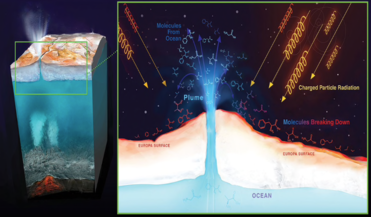 25 July 2018
Radiation on Europa dictates where search for life begins
25 July 2018
Radiation on Europa dictates where search for life begins
... shell, plans to visit the ice world to search for life were pushed to the forefront. And when water-vapour plumes shooting out from the bottom of canyons on the moon’s south pole were discovered by the Cassini spacecraft...